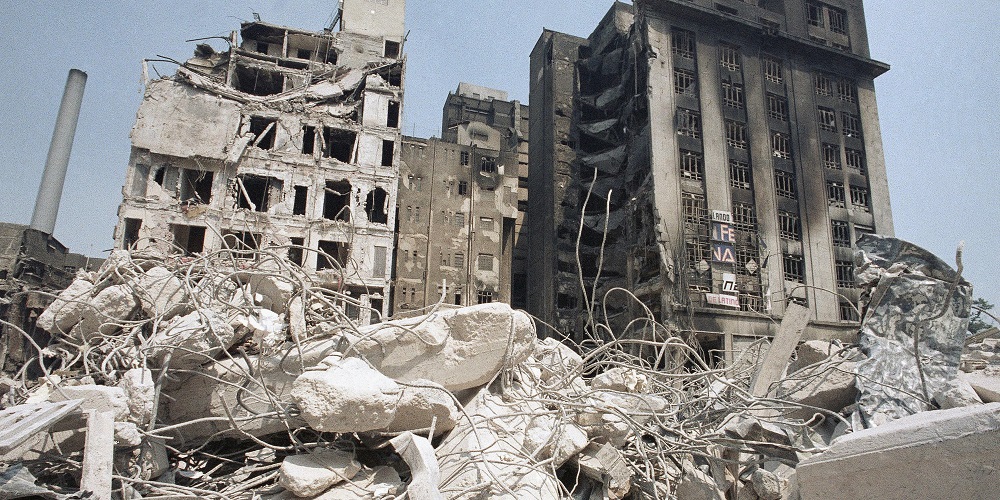Last September, two devastating earthquakes struck Mexico in rapid succession.
The first, a Sept. 7 magnitude-8.2 temblor near the southern state of Chiapas, killed an estimated 96 people and sent aftershocks shivering through the region. Just 12 days later and a few hundred miles away, a magnitude-7.1 quake shook central Mexico;hundreds more people died, including 19 children who were crushed when their elementary school collapsed.
The chance of the two tragedies occurring in such a short span of time by sheer coincidence was just one in 200, said seismologist Ross Stein. But there is no evidence to suggest that the quakes were connected.
However, Stein’s research suggests that the combination of temblors added to the stress along faults in the earthquake-prone country, possibly doubling the likelihood that another earthquake of magnitude 7 or greater will strike next year.
“Another shoe could drop,” said Stein, a longtime U.S. Geological Survey scientist who is now chief executive of the earthquake awareness company Temblor, during a presentation of his findings this week at the annual meeting of the American Geophysical Union.

People search for survivors in a collapsed building in the Roma neighborhood of Mexico City, Tuesday, Sept. 19, 2017.. (AP Photo/Enric Marti)
It’s just a probability, but Stein hopes it will spur people to prepare. Most earthquake fatalities are typically tied not to the magnitude of the quake, but the quality of the infrastructure where the quake hit.
Earthquake prediction is notoriously difficult: Despite years of installing seismometers and sifting through data, scientists have found no reliable warning signals. Forecasting quakes is mostly a matter of weighing probabilities — and trying to convince the public to get prepared.
Scientists in Mexico had no warning for either of the two September earthquakes, and the second struck far away from the zone where aftershocks from the first still rocked the earth.
Click here for full article on the Washington Post
Source: The Washington Post

